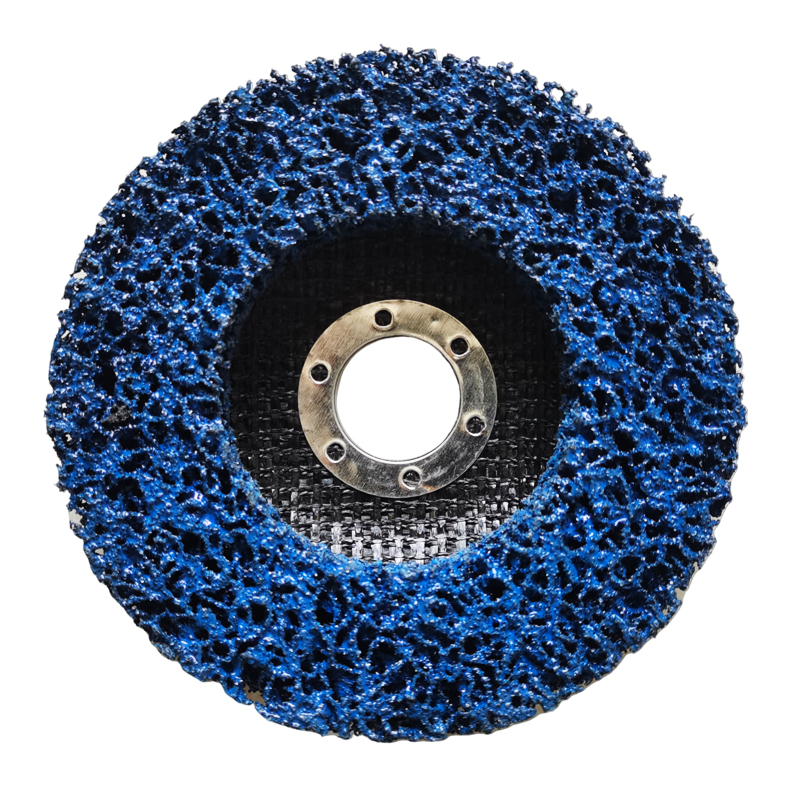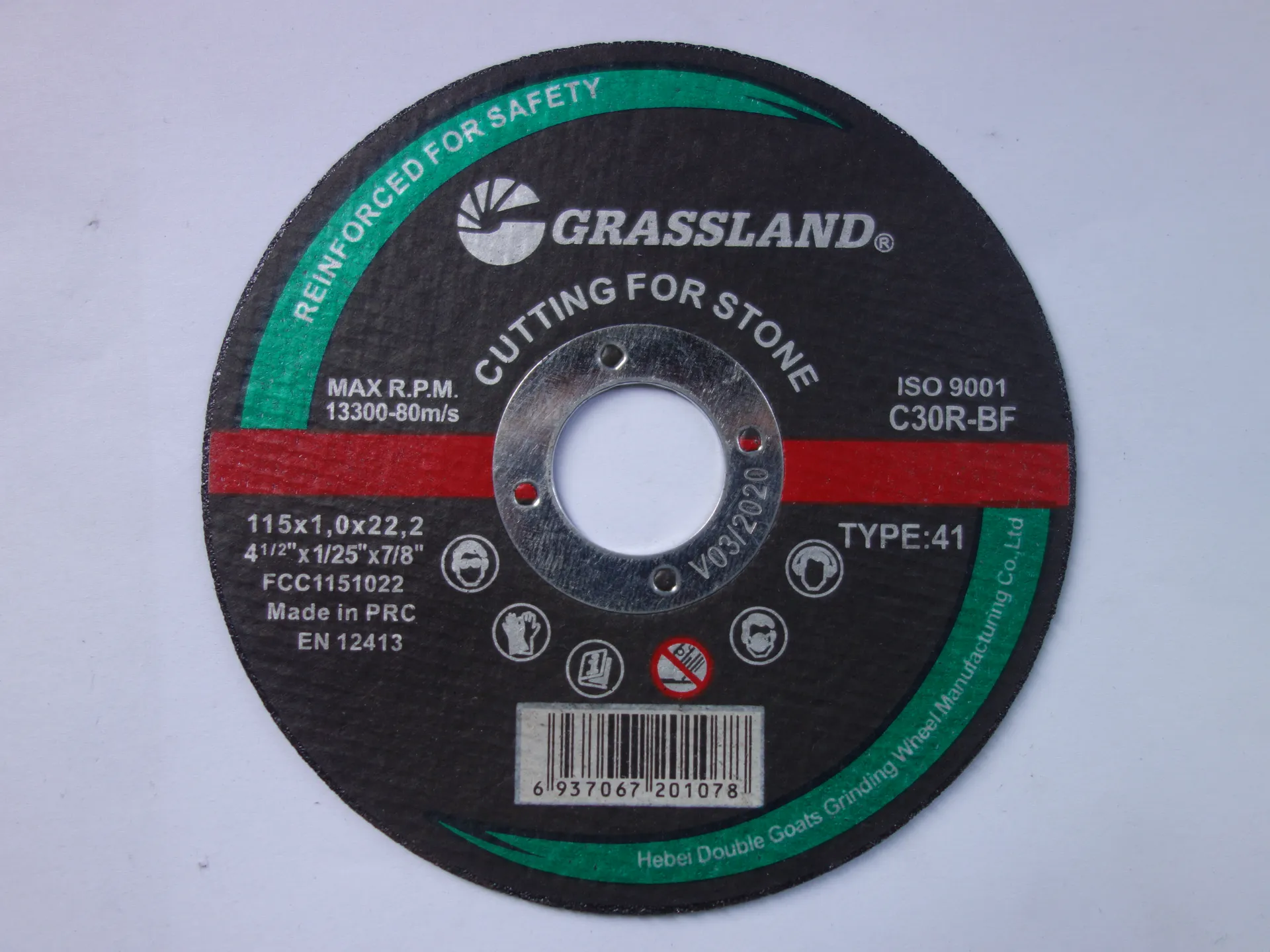

When selecting a grinding wheel, understanding the application is paramount. Material properties of the workpiece, such as its hardness, toughness, and thermal sensitivity, should guide the choice of wheel composition. Equally important is the machine's capabilities spindle speed, power, and stability all influence the optimal composition. A machine with higher power and stable operations can accommodate harder, denser wheels with more robust, durable bonds. Safety considerations should never be compromised. Improper use or selection can lead to wheel failure, which is hazardous. Therefore, compliance with ANSI and OSHA regulations is a must, as they outline standards for safe practice during wheel operations. On an authoritative level, manufacturers like Norton, 3M, and Saint-Gobain offer comprehensive technical datasheets and support to assist in choosing the right product for specific needs. Their expertise contributes significantly to advancing grinding technologies, ensuring users achieve higher precision, efficiency, and safety. Finally, maintaining trustworthiness in the industry requires transparency and ongoing education for users. This includes providing clear documentation, training in safe handling, and updates on the latest technological advancements. By doing so, companies not only retain customer loyalty but also drive the industry standards forward, creating a safer and more efficient working environment for everyone involved in machining and manufacturing processes.
Post time:Jan - 13 - 2025

















